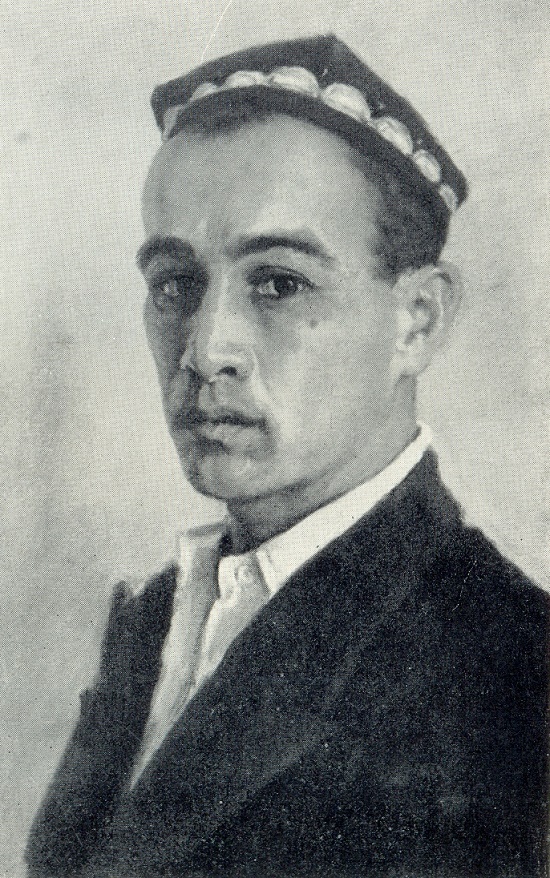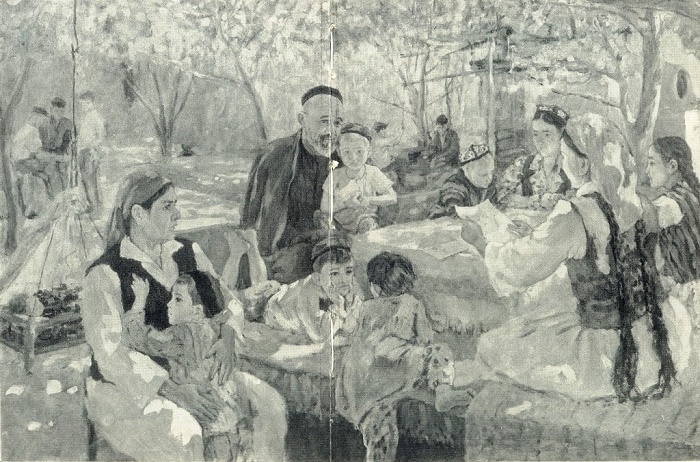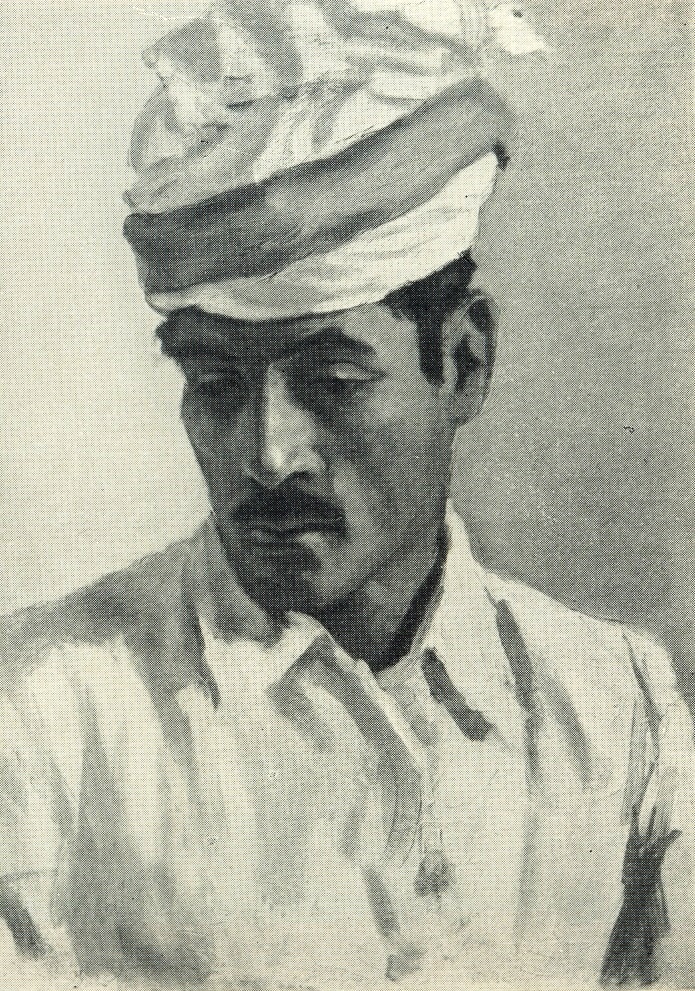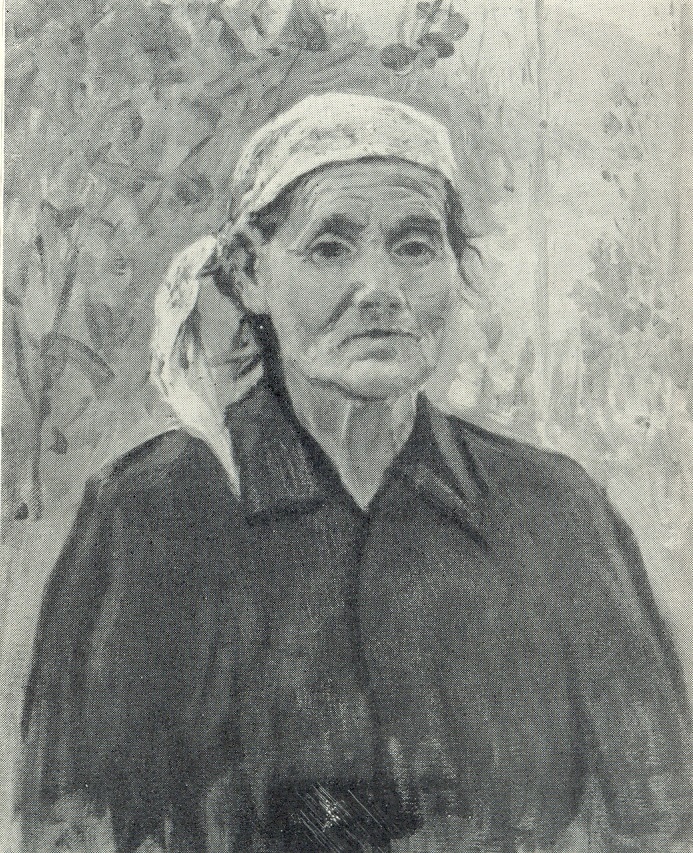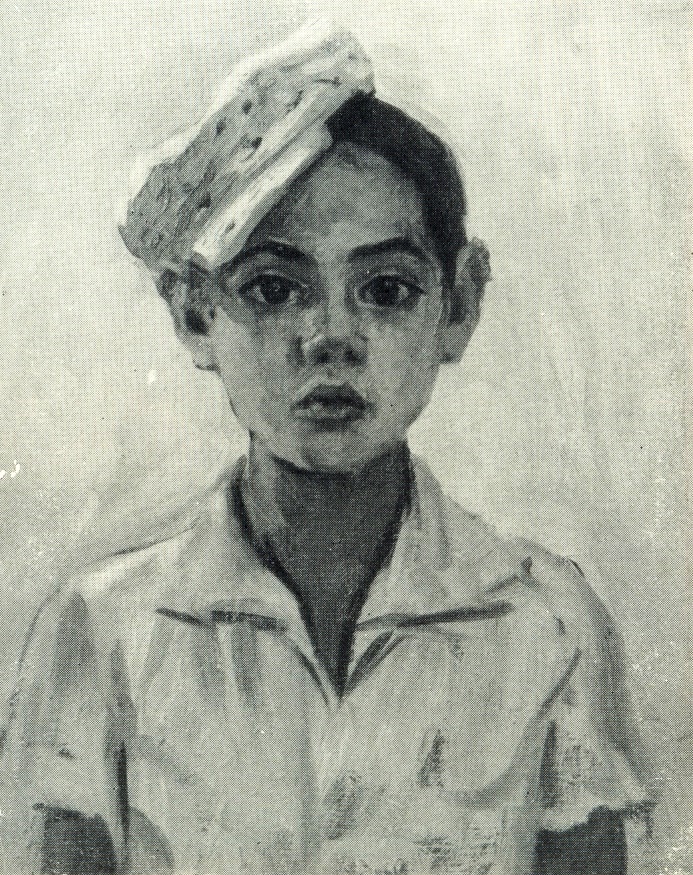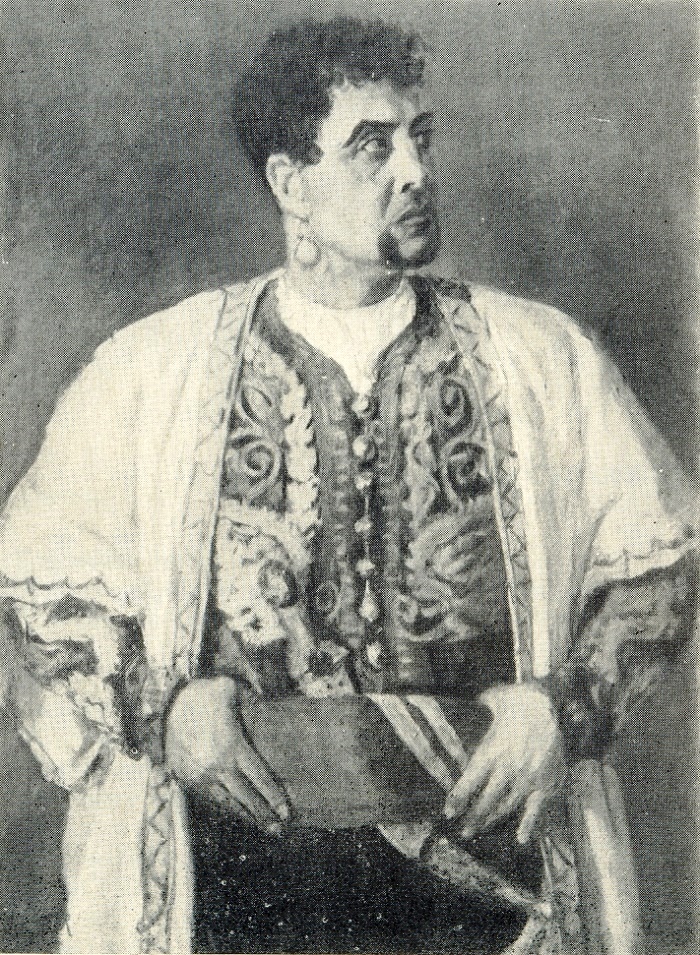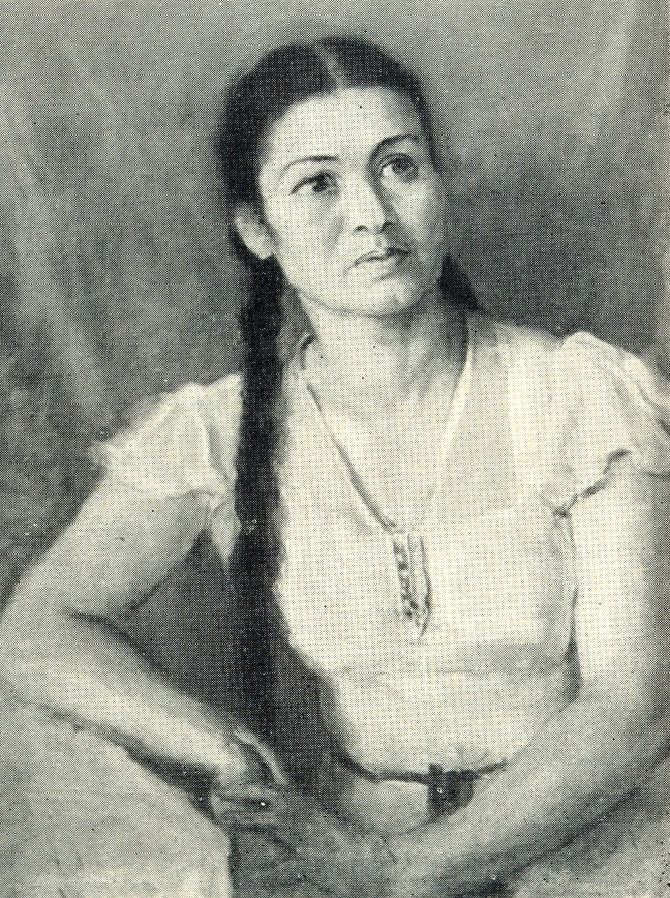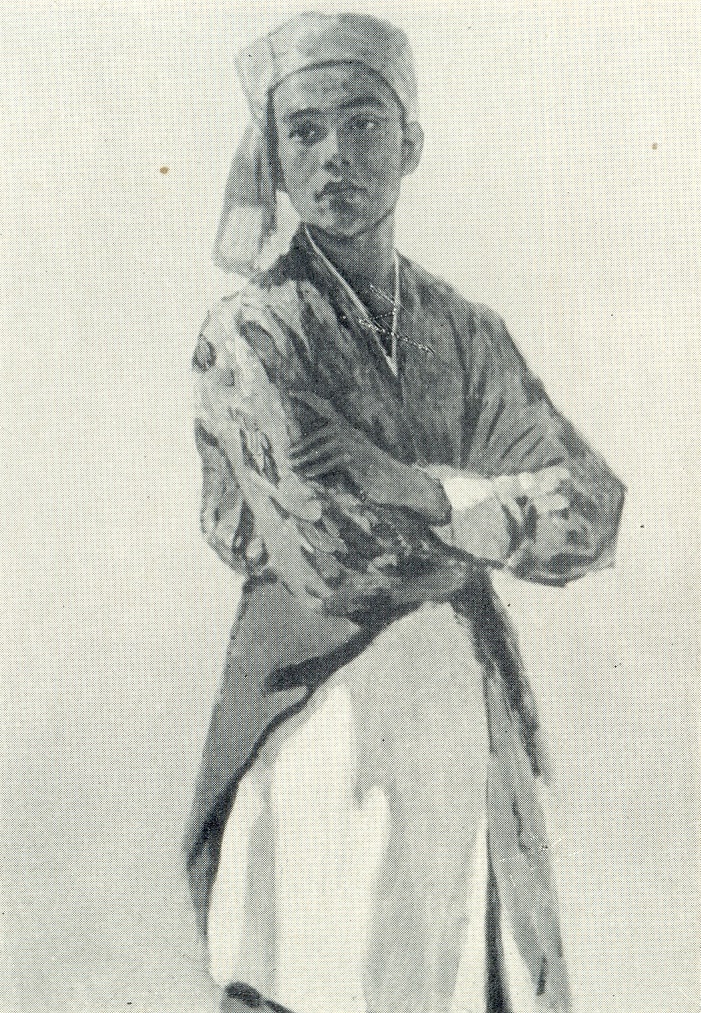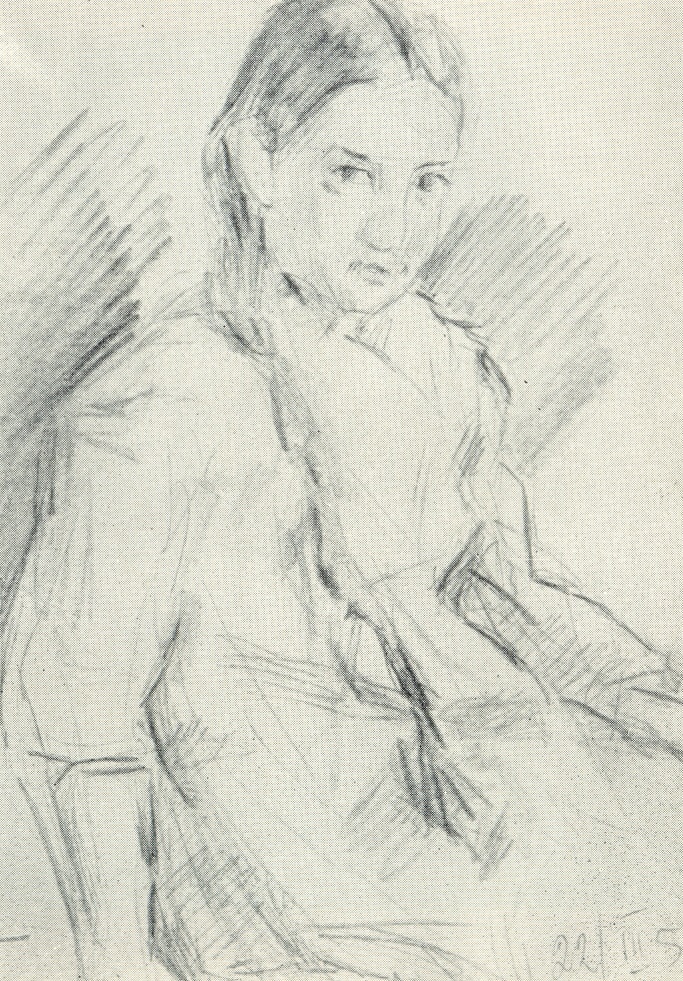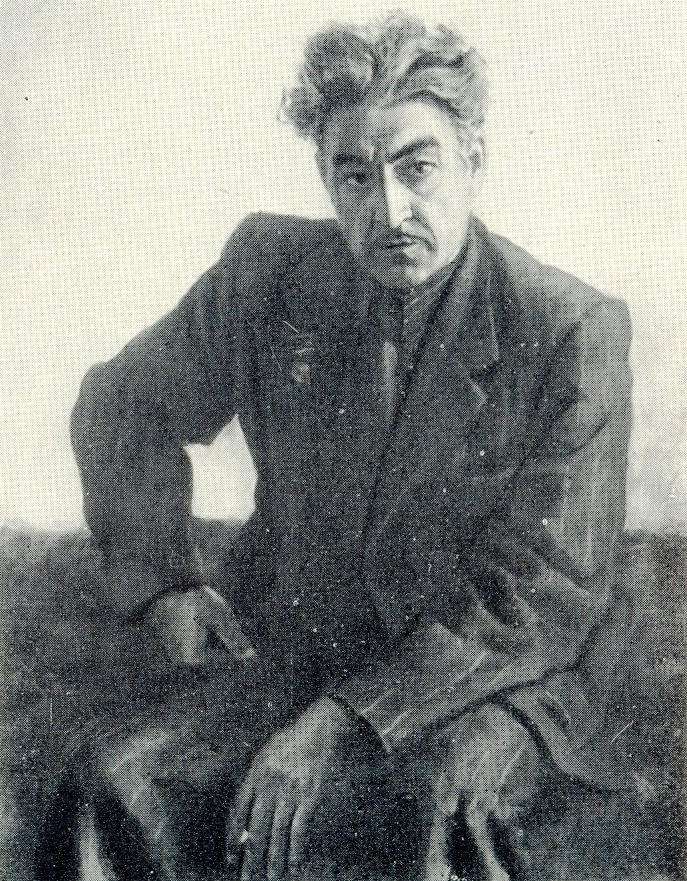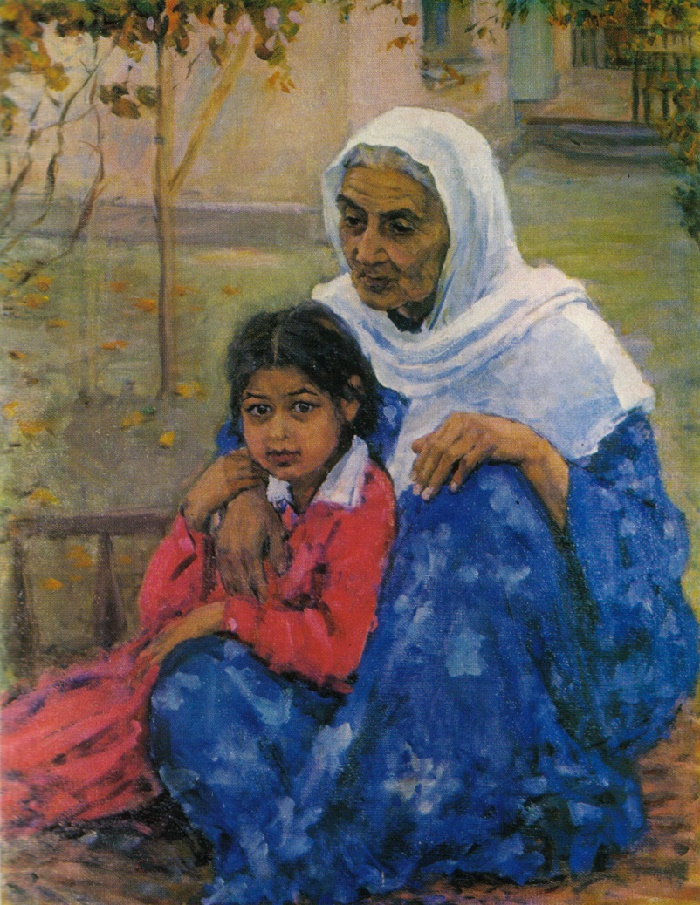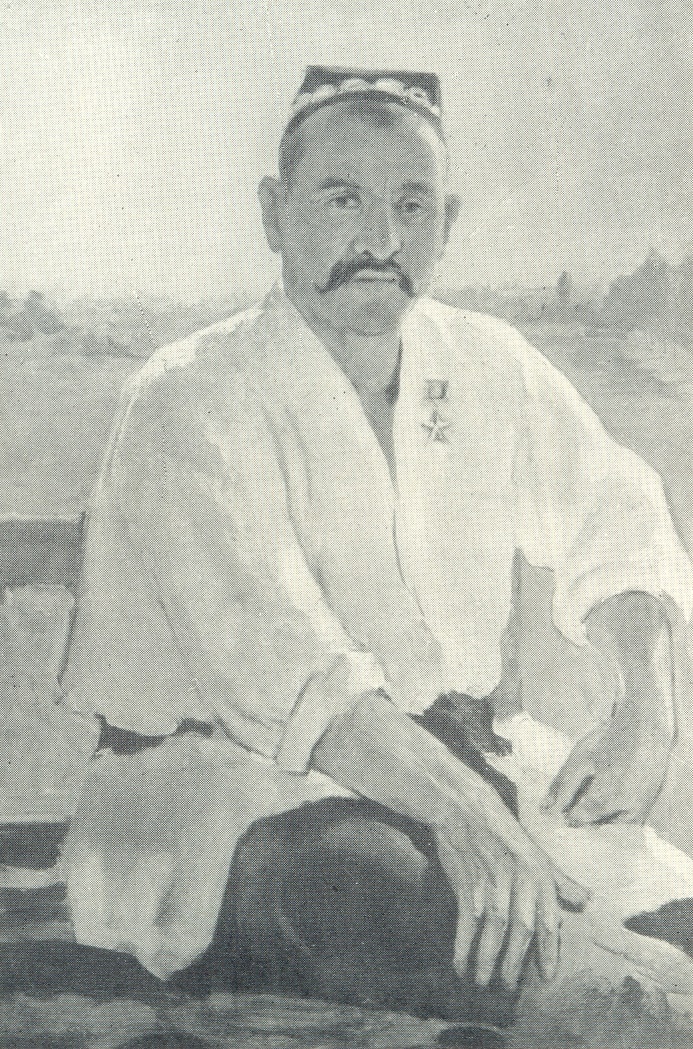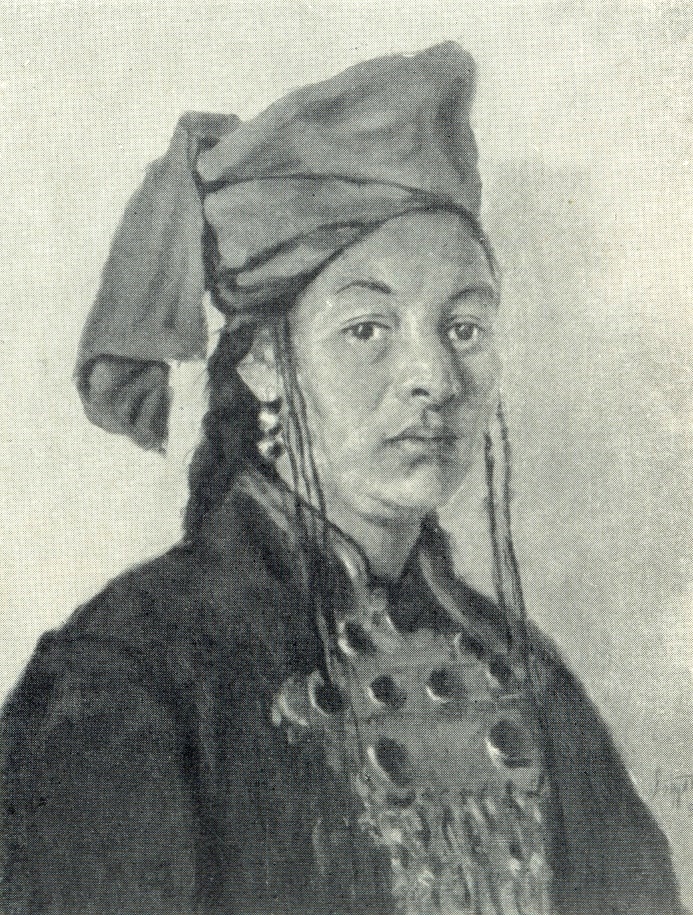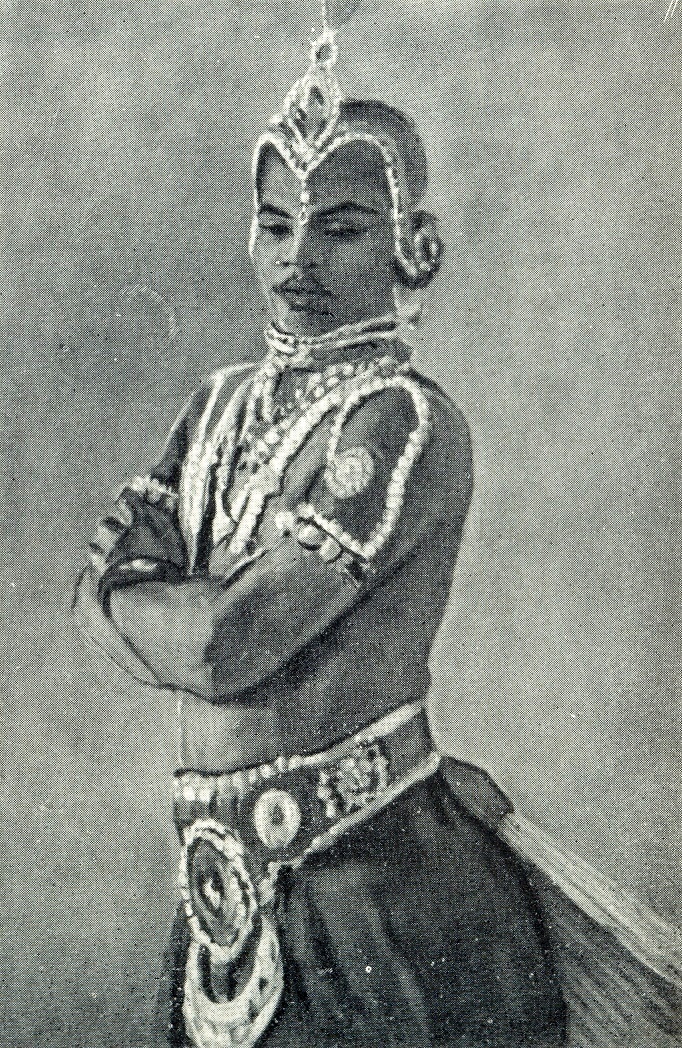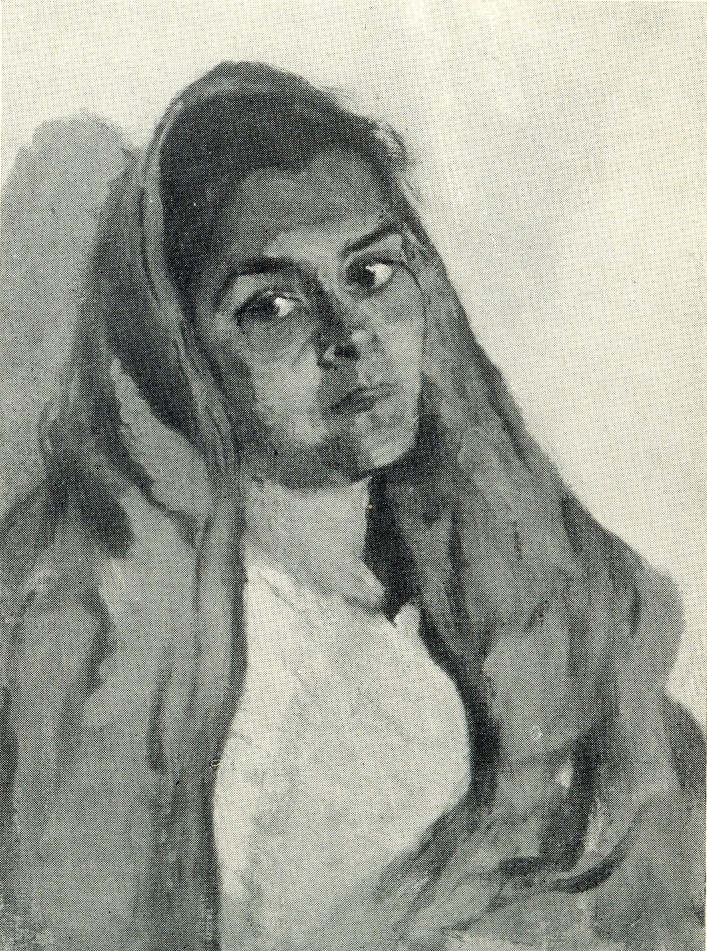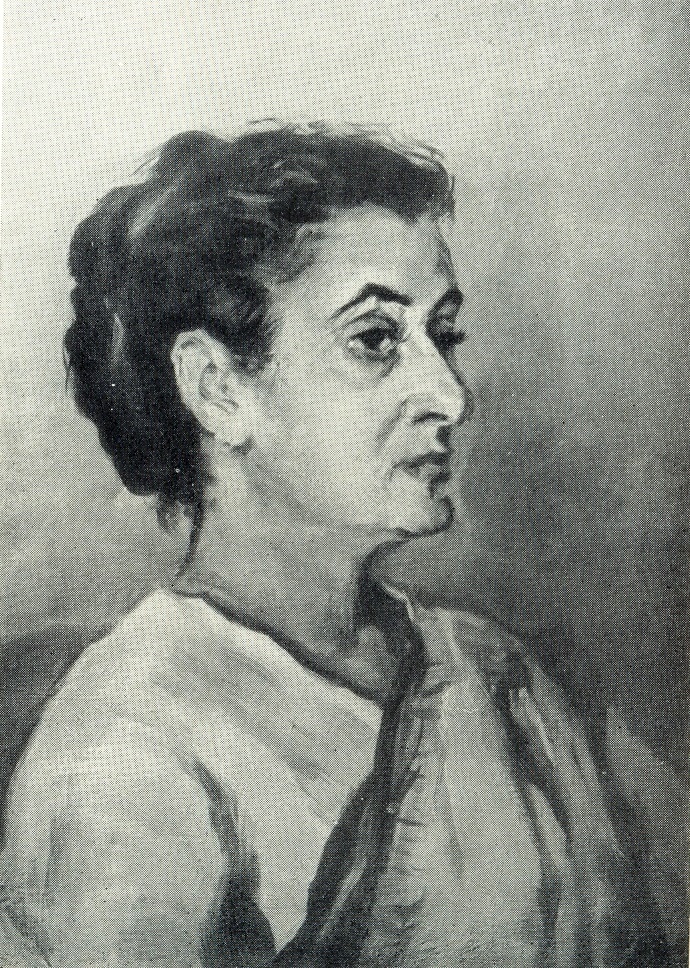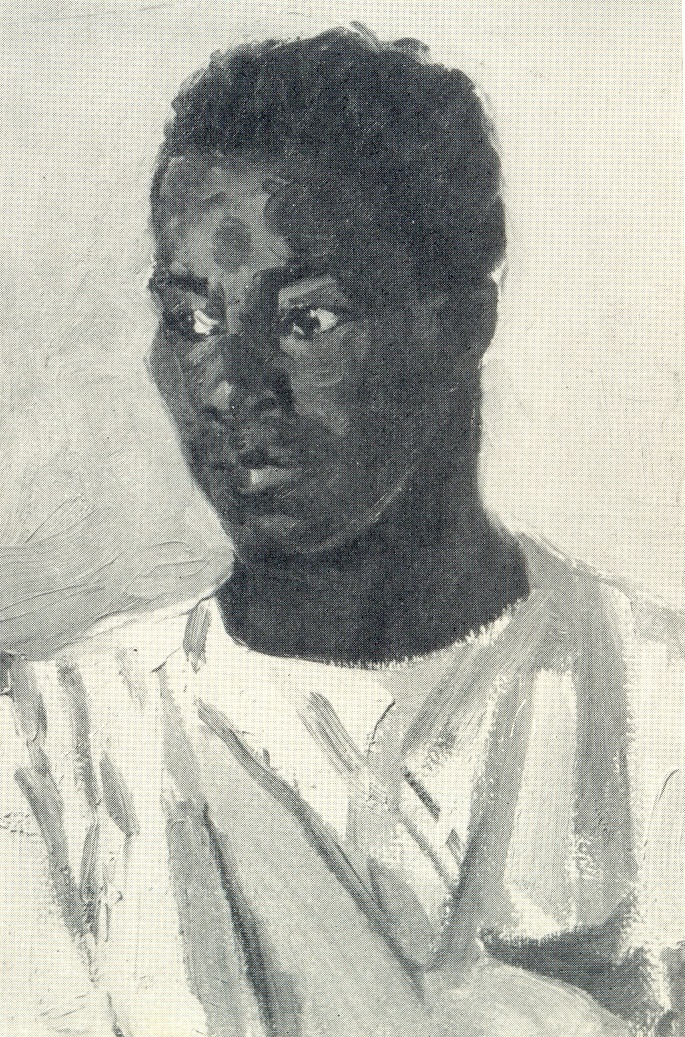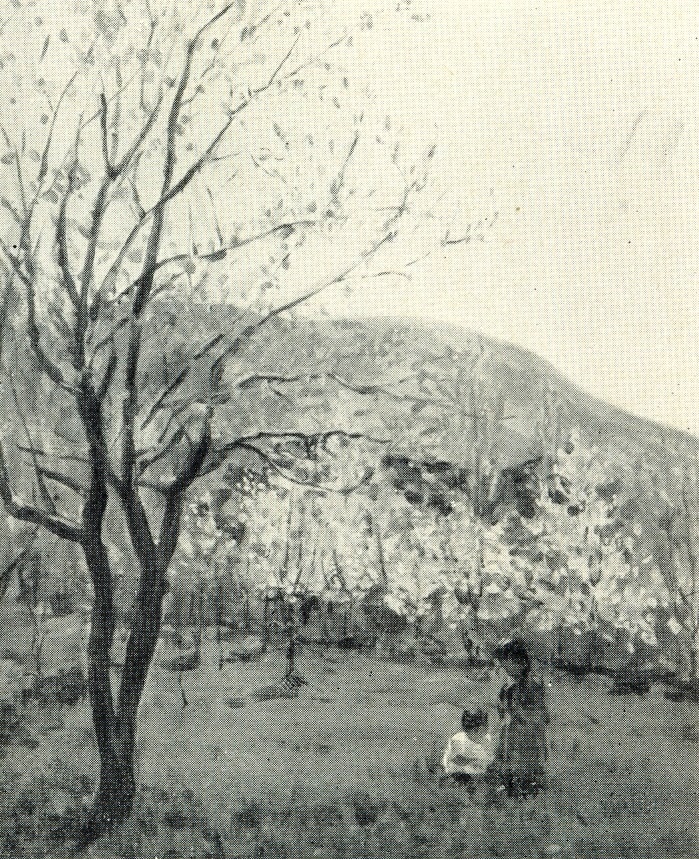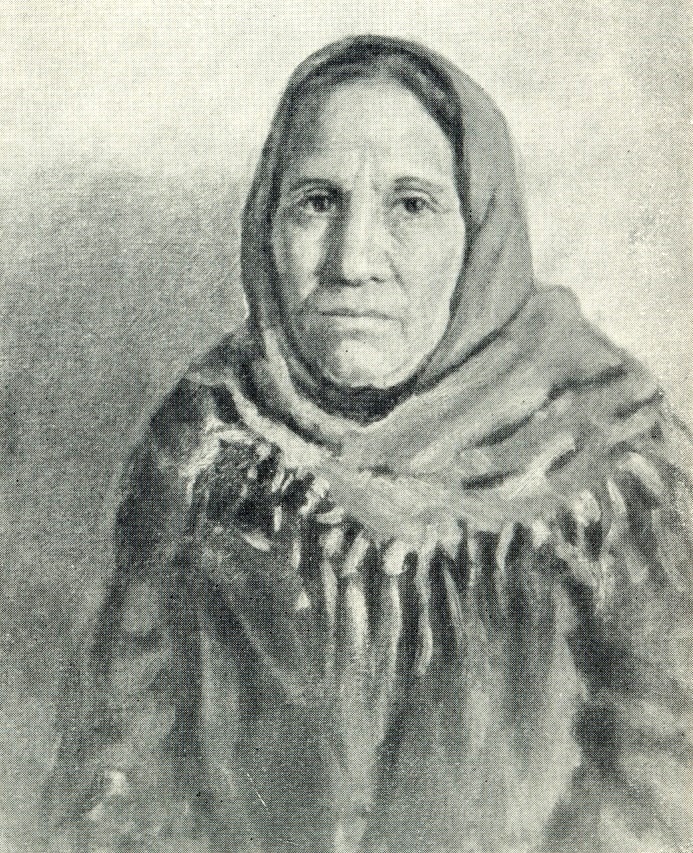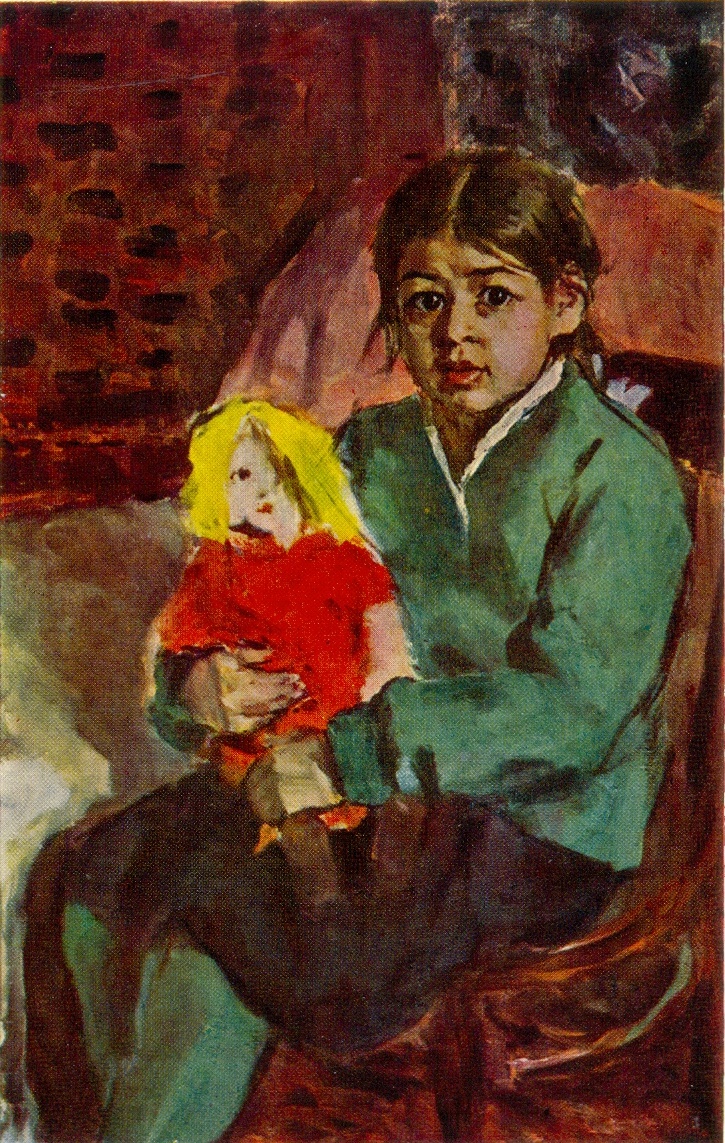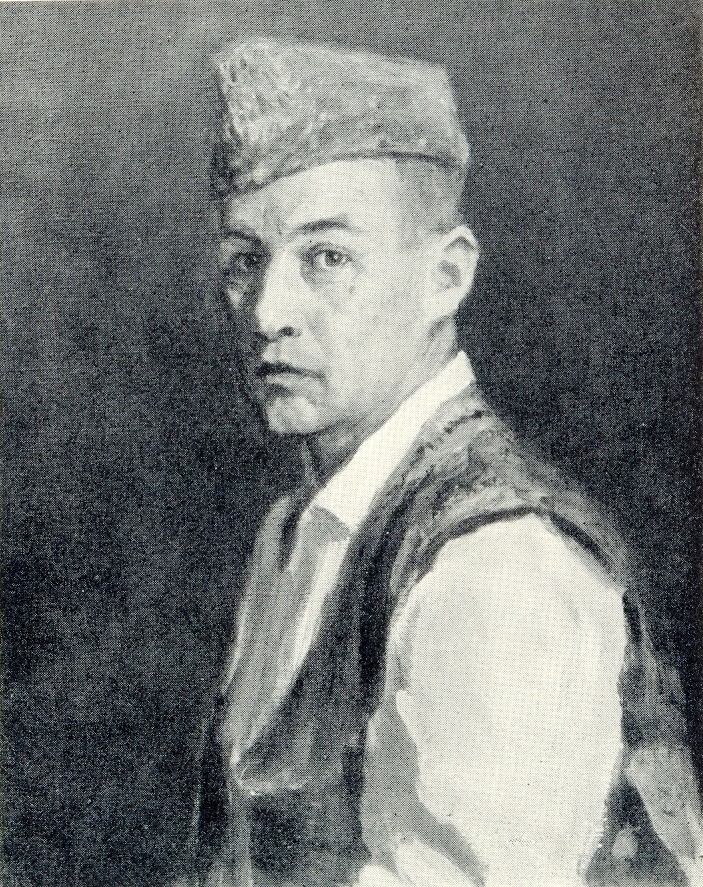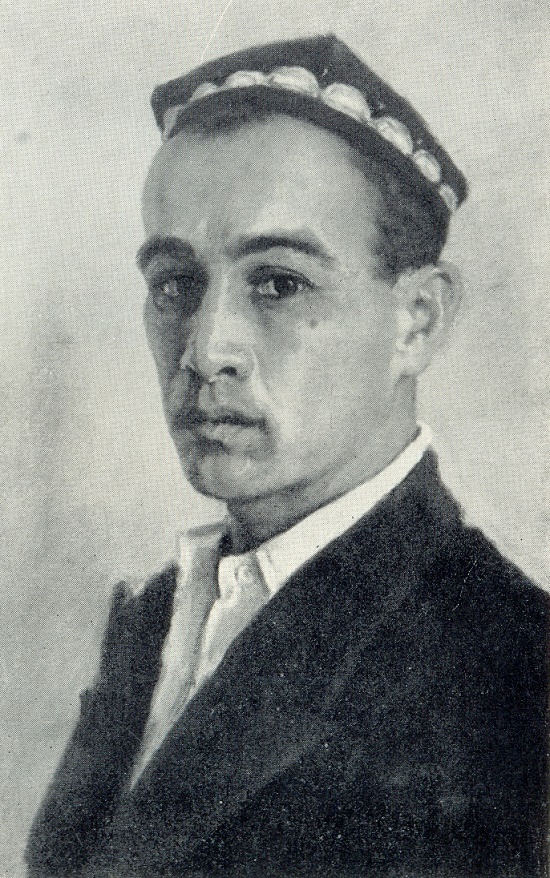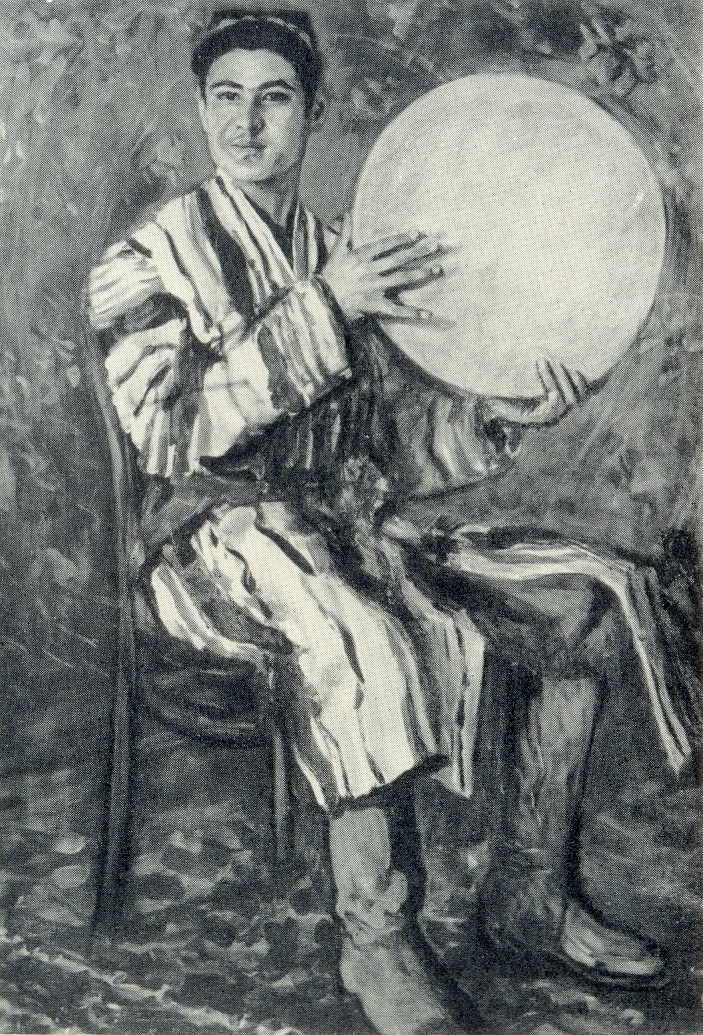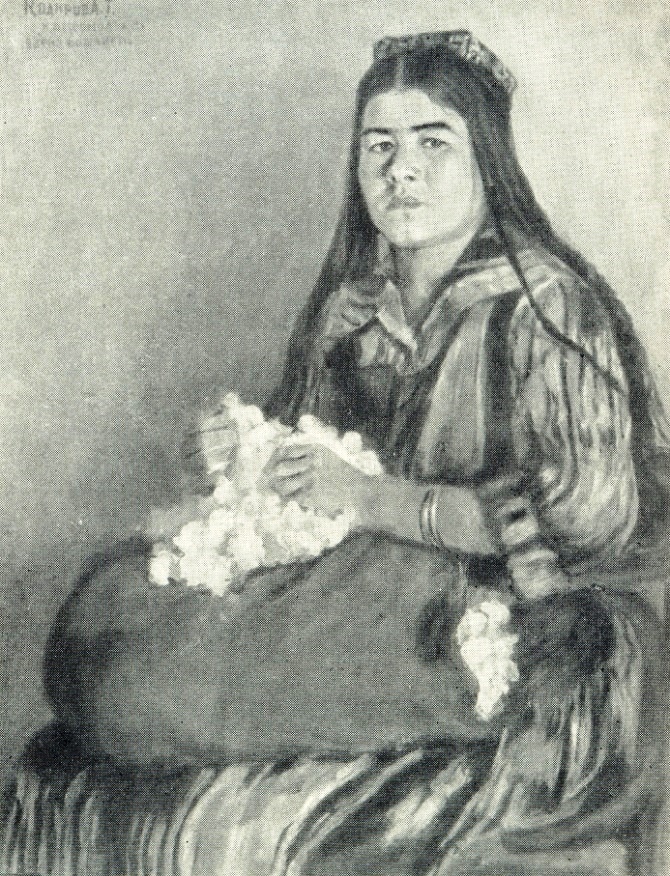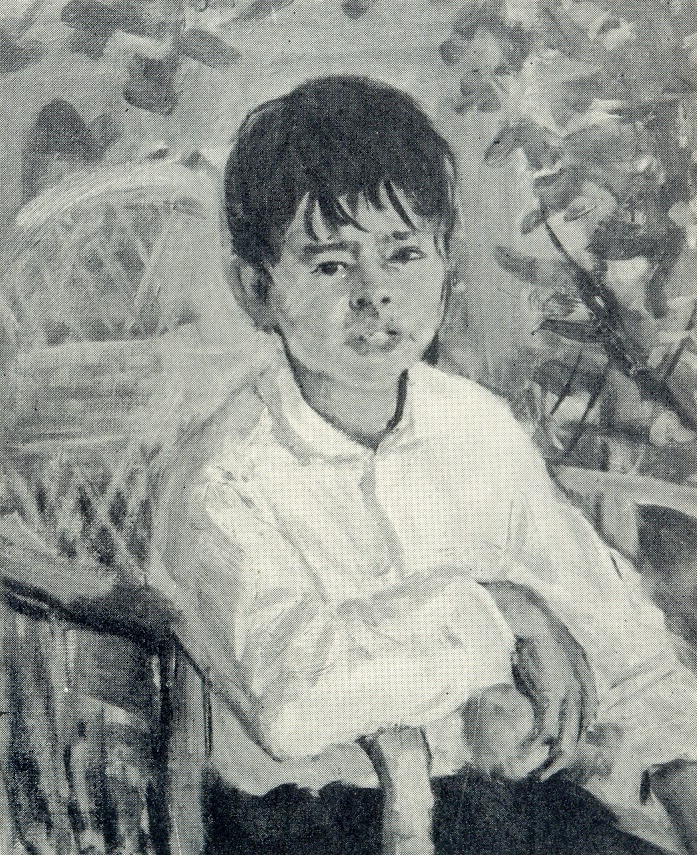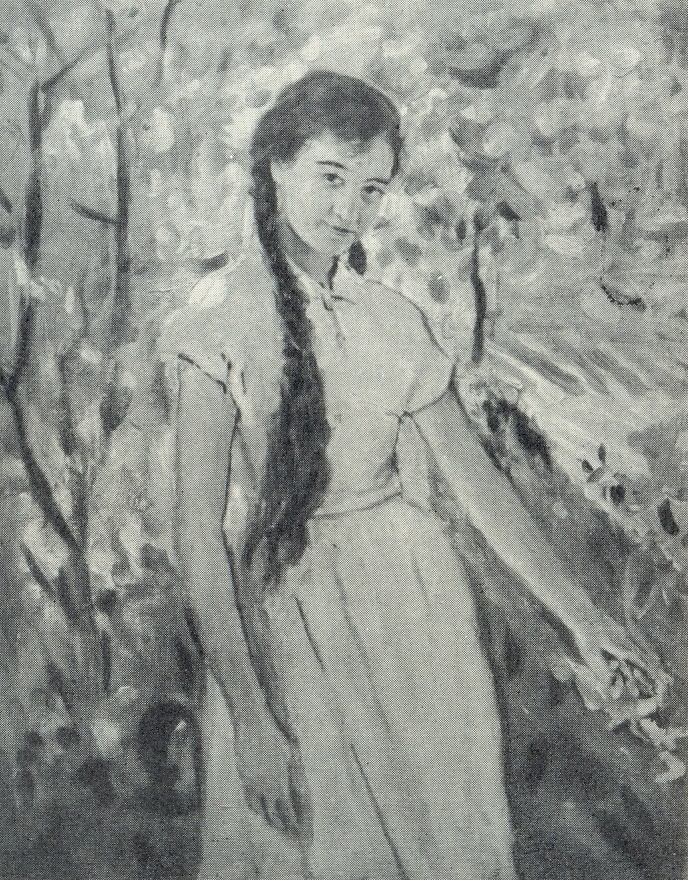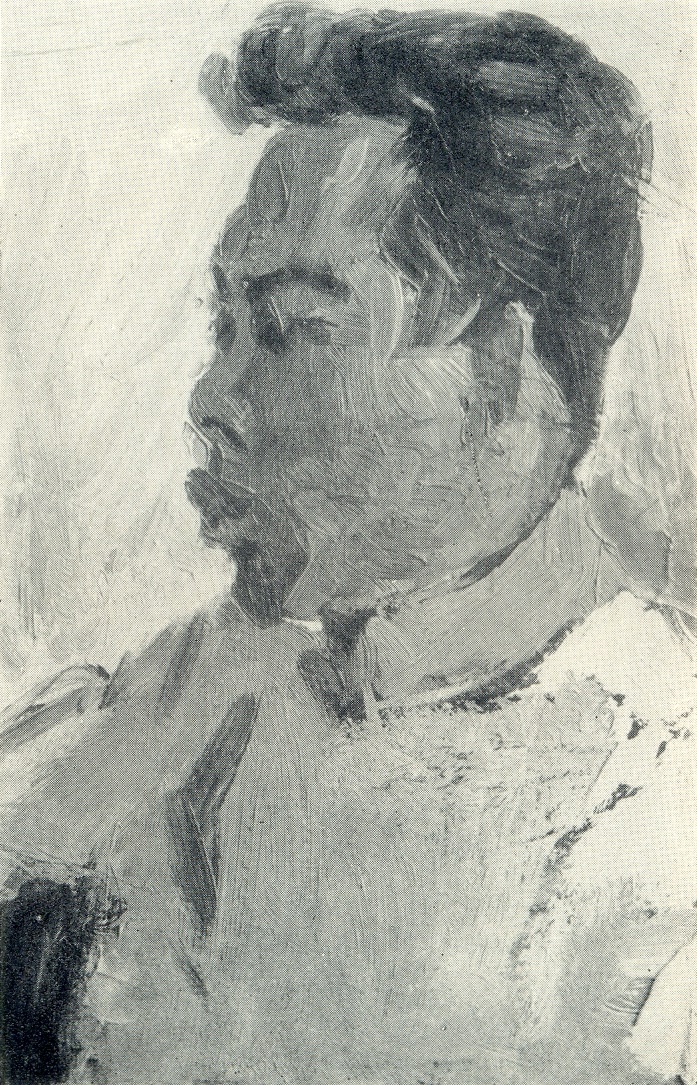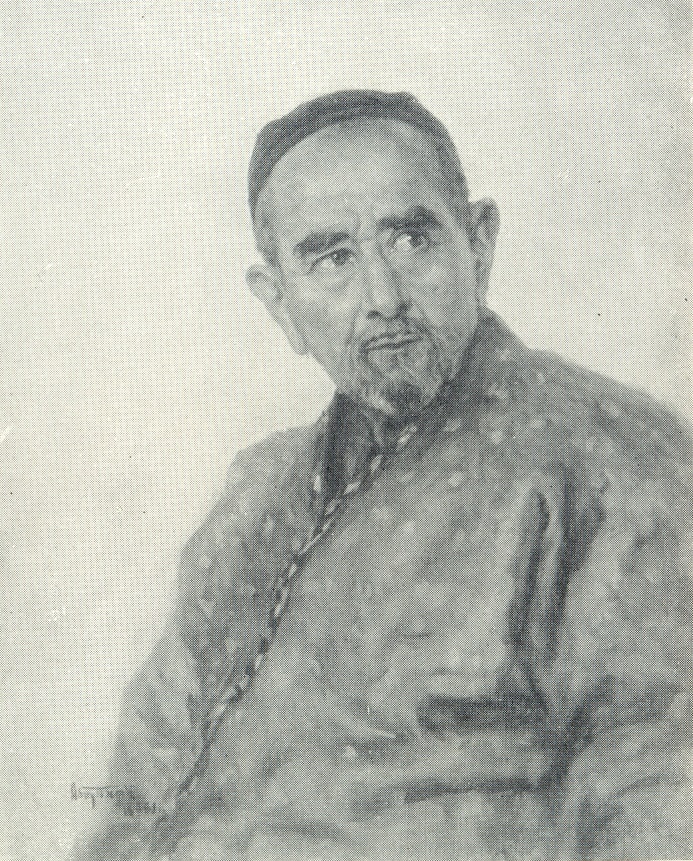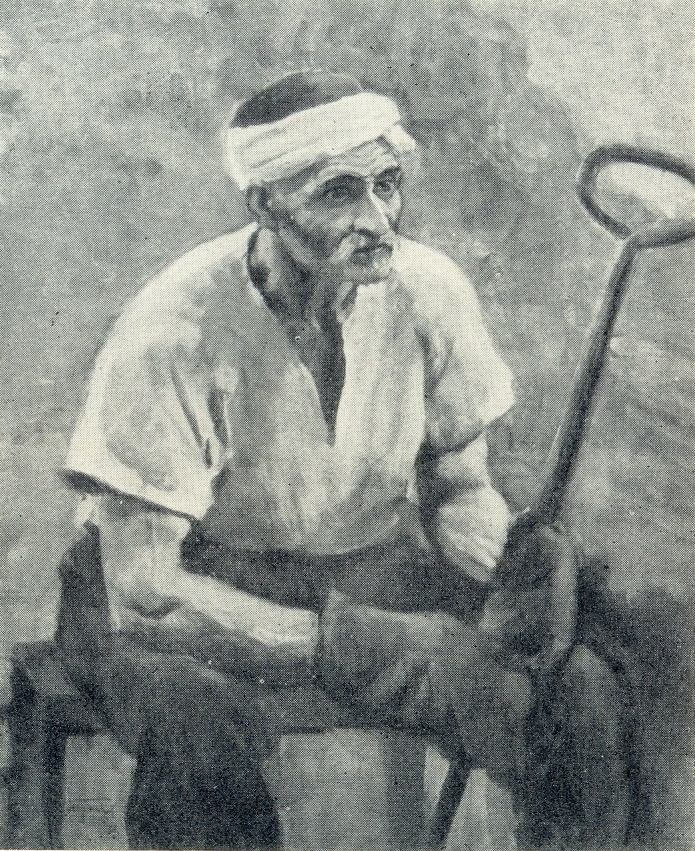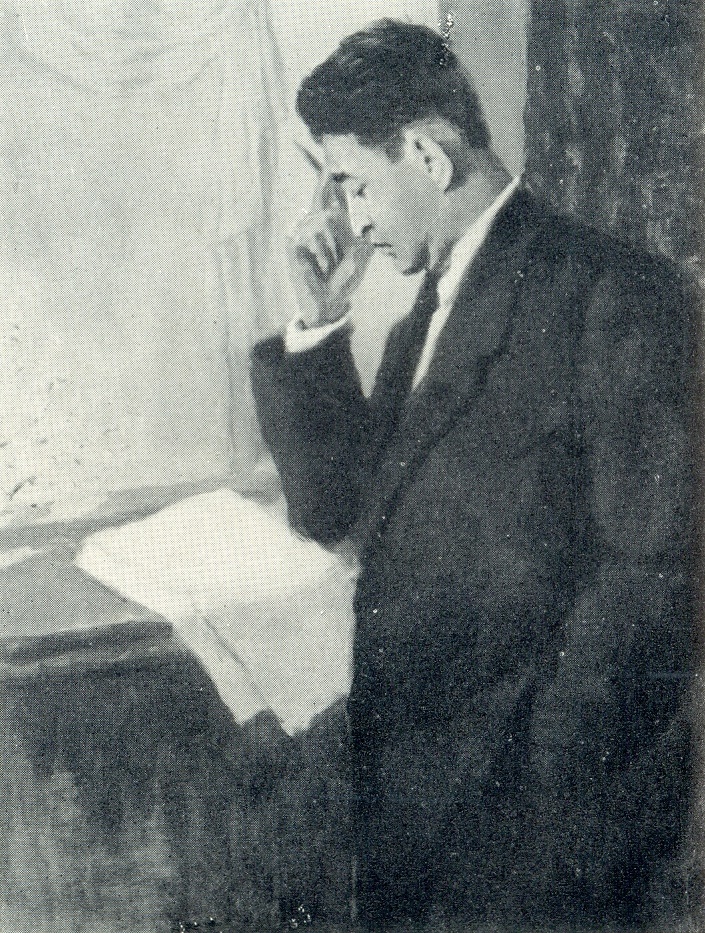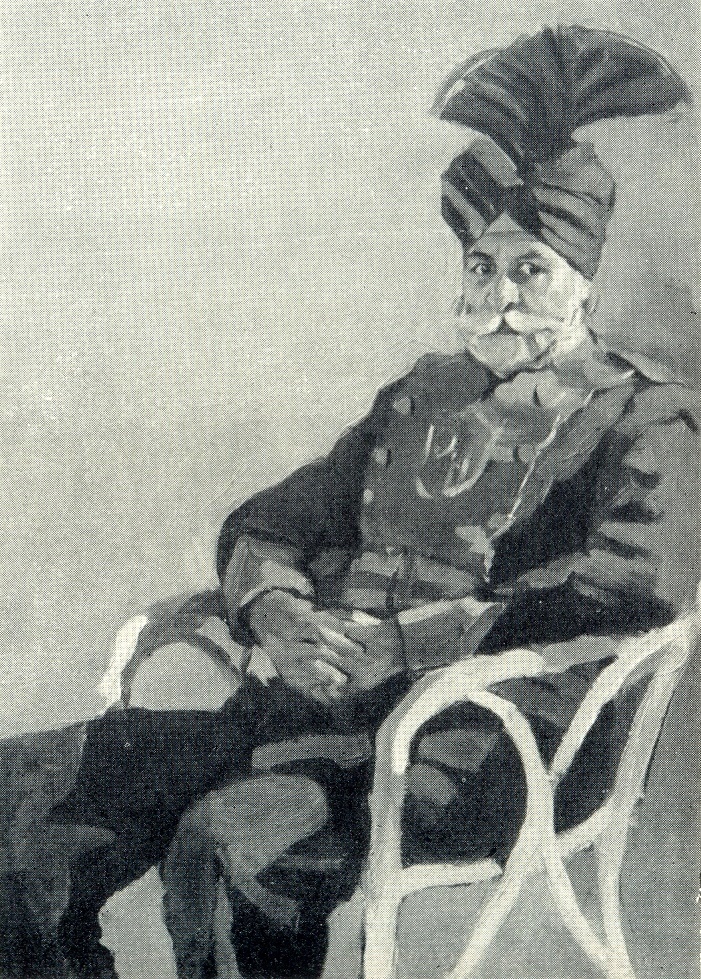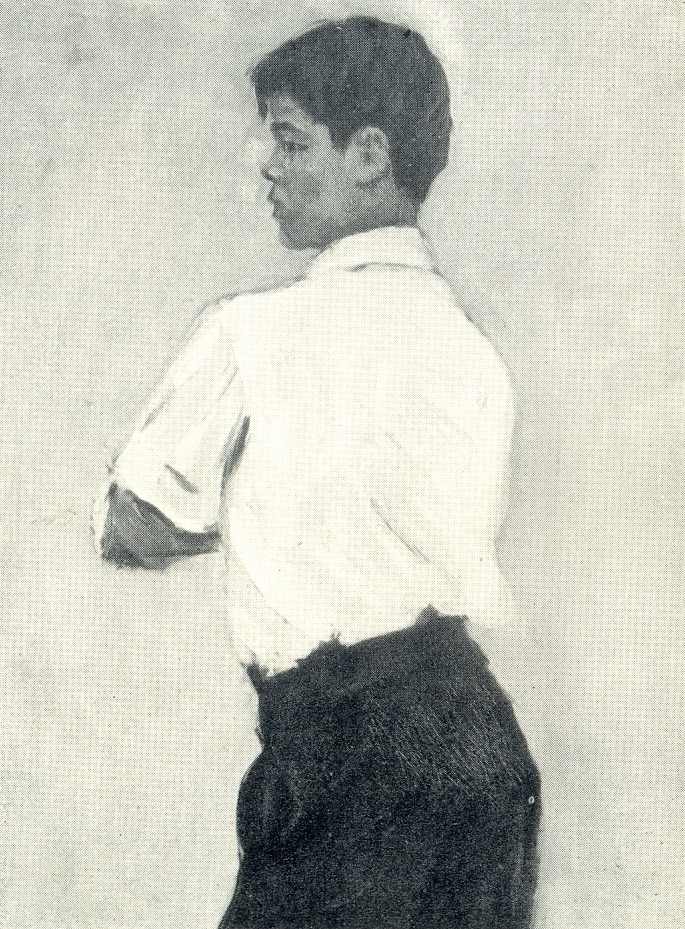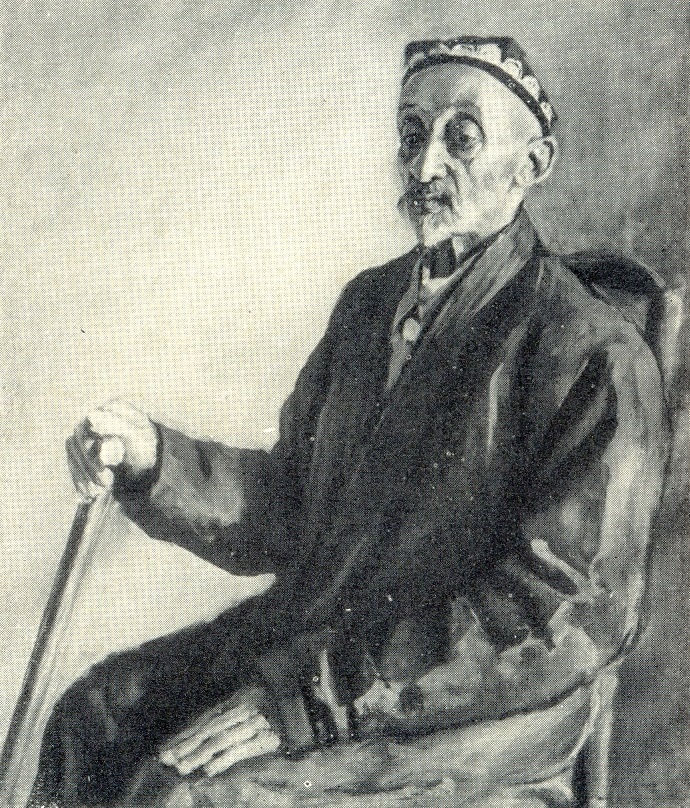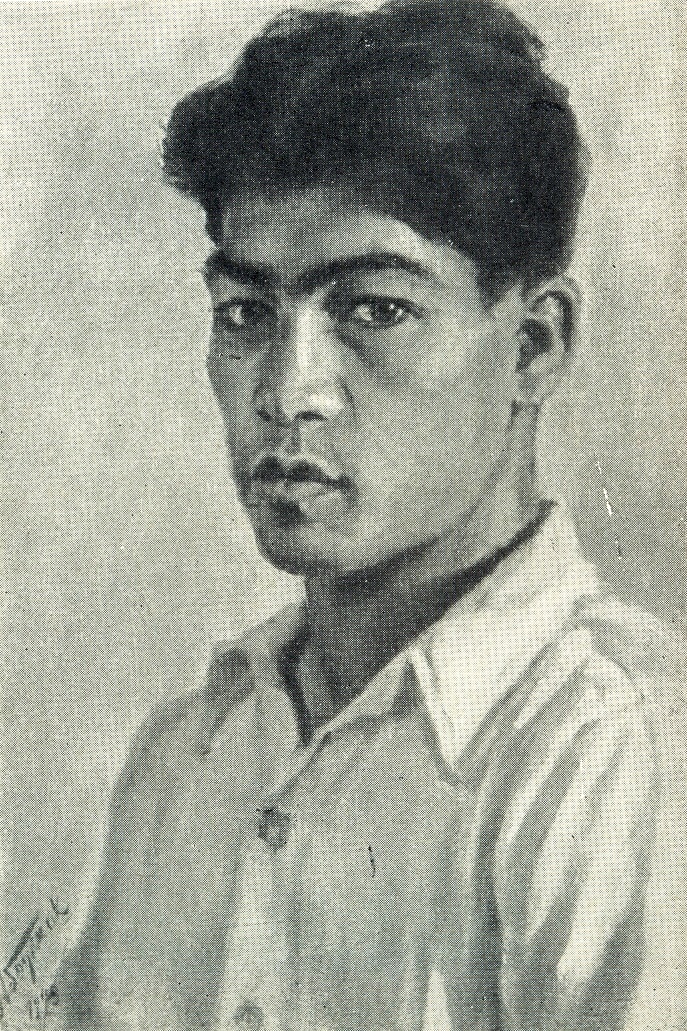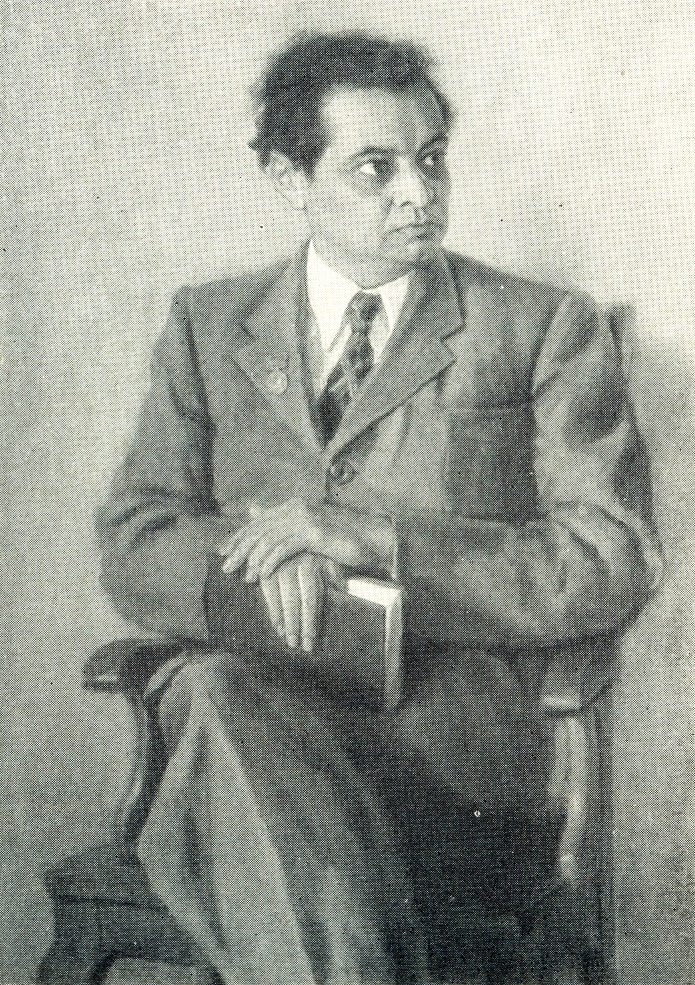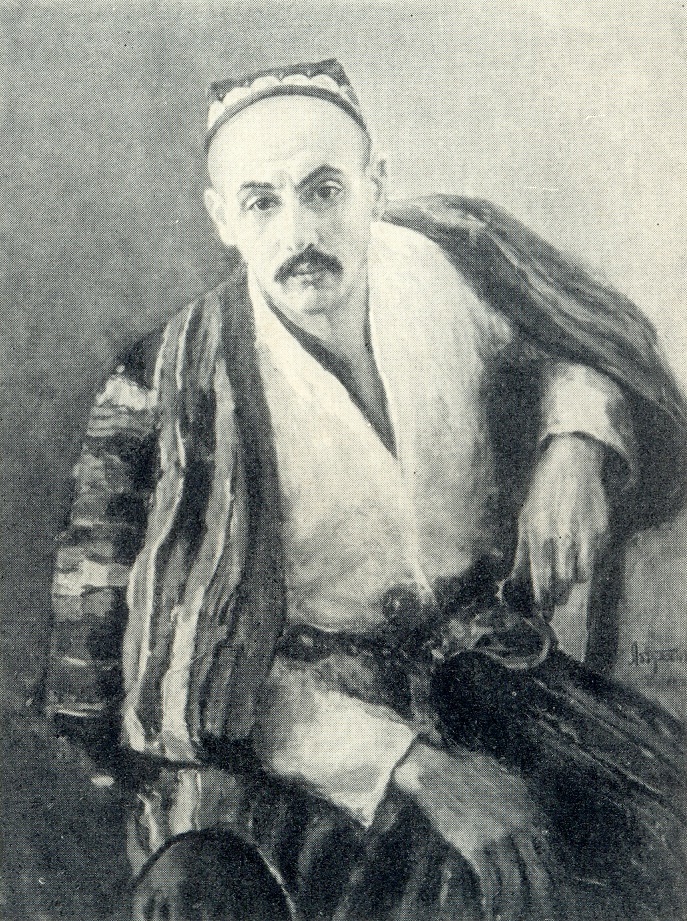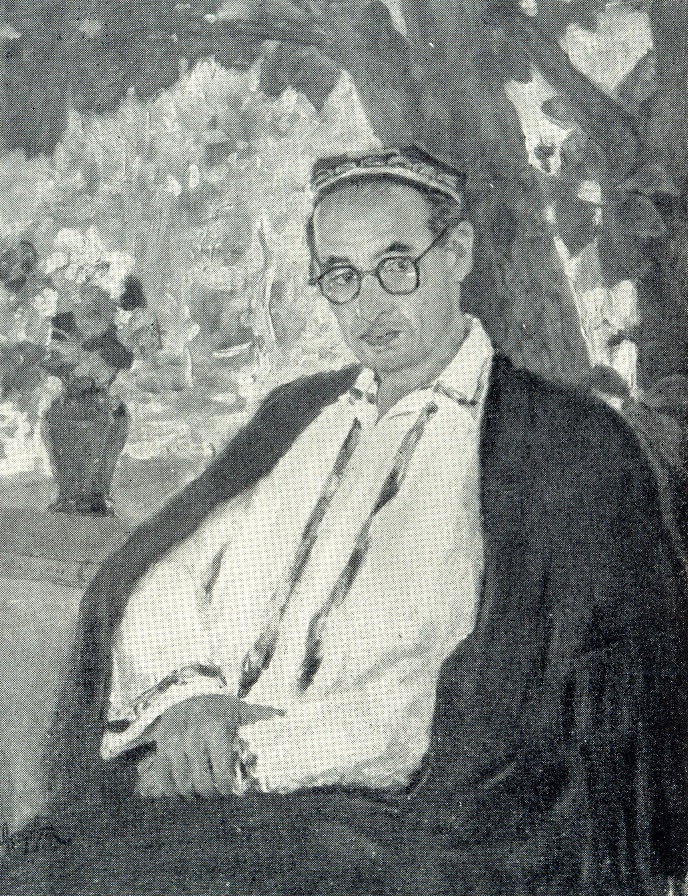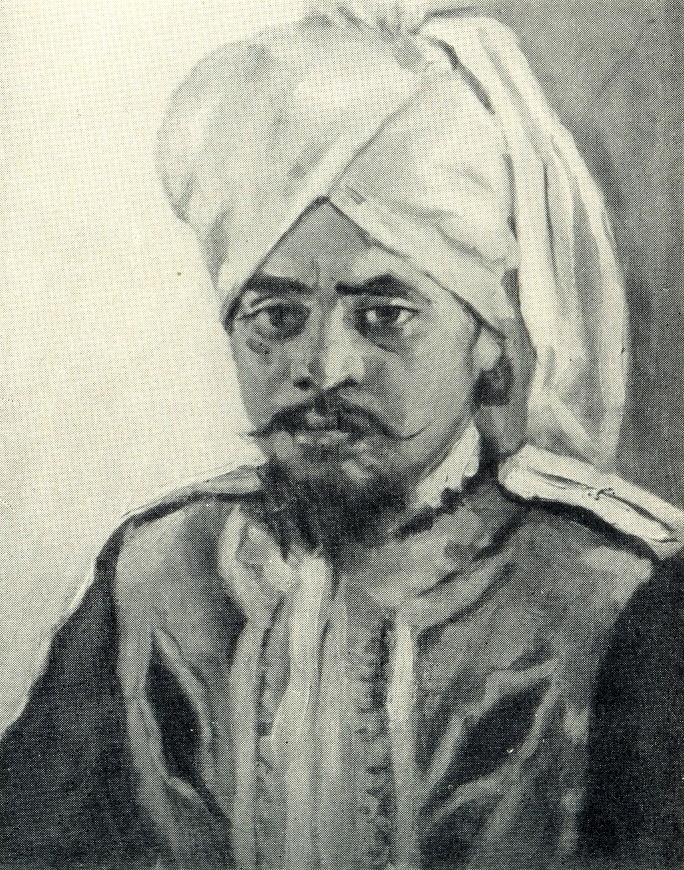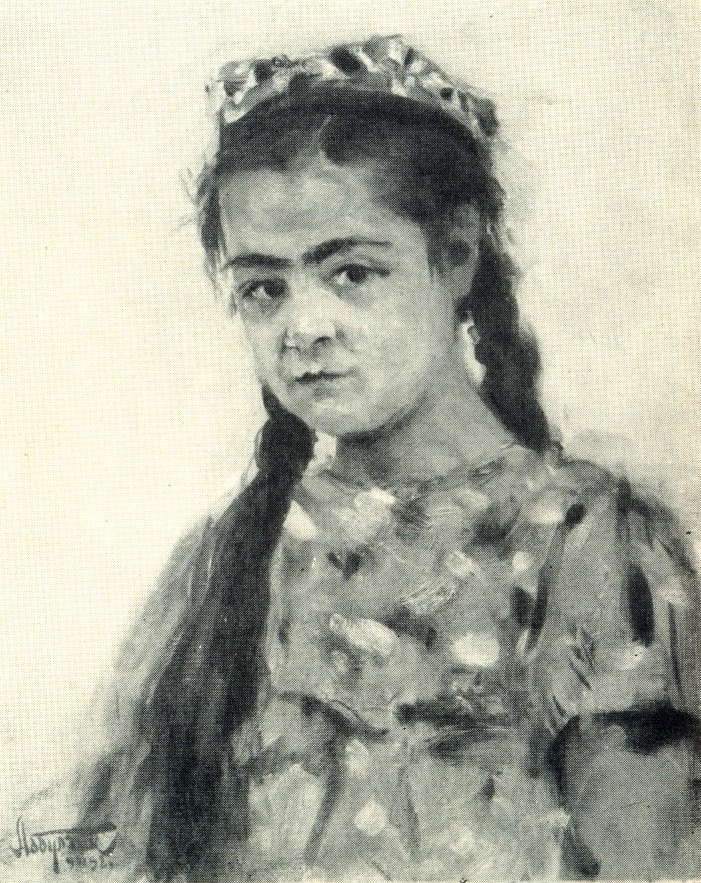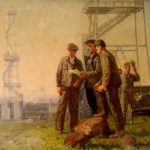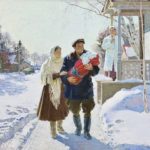Soviet Uzbek artist Abdulkhak Abdullayev 1918-2001
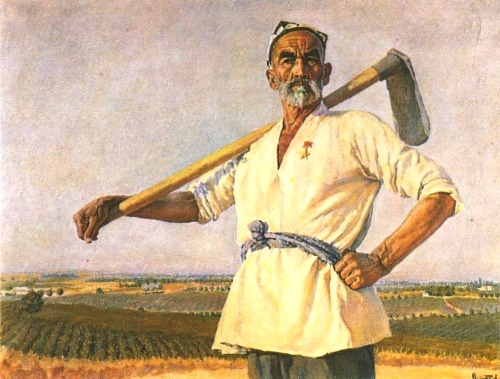
Portrait of Hero of Socialist Labor Nazarali Niyazov. Oil. 1949. Painting by Soviet Uzbek artist Abdulkhak Abdullayev (30 December 1918 – 29 October 2001)
Soviet Uzbek artist Abdulkhak Abdullayev
Honored Art Worker of the Uzbek SSR Abdulkhak Abdullayev was born in 1918 in the city of Turkestan. The boy showed his art abilities very early. “I was very fond of animals,” recalls the artist. He watched them with interest, recognized their habits, character, and then tried to depict them. Sometimes molded them out of ordinary clay or painted them on the wall of the house. Such were the first steps of the future artist in the art. In 1928, the boy entered the school of K. Liebknecht in the village of Lunacharsky, located near Tashkent.
Pupils of this school, along with other subjects, got acquainted with the basics of drawing. The artist recalls that these lessons were for him the most fascinating. Abdulhak spent his free time after school drawing. The successes of the young artist in this subject attracted the attention of the teachers of the school. And, first of all, AP Grintsevich, who in every possible way strove to support Abdulhak’s desire to “study as an artist”.
The initial basics of the isogram, which the future artist mastered at school, to a large extent contributed to the successful entry into the Samarkand art school. The work (portrait of the actor) brought to the school made such a favorable impression that Abdullaev was accepted without formalities. And even in spite of the fact that the reception was already over. Meanwhile, in the 1930s, the art school in Samarkand was one of the best in the country. A strong and friendly teaching staff worked there. In particular, a famous painter and cartoonist L. Bure, a talented artist and an experienced teacher, later one of the outstanding masters of Uzbekistan P. Benkov and his gifted pupil, People’s Artist of the Republic Z. Kovalevskaya.
In art school Abdullaev studied persistently, with enthusiasm. The success of the future artist was in his participation in exhibitions on an equal footing with professional artists. Arriving in Moscow for practice, students from Samarkand visited the State Tretyakov Gallery, the State Museum of Fine Arts of Pushkin, and the Museum of Oriental Cultures. As enchanted Abdulhak walked through the halls of these museums. For a long time he carefully peered into the creations of the great masters of painting. The artist remembers what exciting moments he was experiencing, standing for a long time at the portraits of Repin. Especially strong impression made on Abdulhak’s “Protodeacon”, which clearly revealed the mighty power of Repin’s genius. Since that time, Repin’s works, his best works, have become a guiding star for the young artist.
In 1936, Abdulkhak Abdullayev graduated from the Samarkand Art College. For two years he worked creating landscapes and portraits, as well as still lifes. Meanwhile, in the days of the Decade of Uzbek art and literature in 1937, hus paintings appeared at the exhibition of artists of Uzbekistan, organized in Moscow. Two portraits by Abdulkhak Abdullayev (Portrait of the Artist’s Brother and Portrait of a Comrade) drew attention.
Meanwhile, the trends that became leading in the artistic life of the second half of the thirties, played a greater role in determining his choice. Awakened by the October Revolution, inspired by the grandiose scope of socialist construction, the Uzbek people show miracles of labor enthusiasm. His attention attracted construction sites of unprecedented pace and scope. In particular, the construction of the Big Fergana Canal, the city of electricians and chemists of Chirchik, large-scale textile mills and machine-building plants. They became a big school for the upbringing and formation of a new man, and could not help attracting the attention of artists.
At the exhibitions of Soviet art appeared images of people of modern Uzbekistan. In the second half of the 30s, portrait works were a frequent phenomenon at exhibitions. Here you can see dozens of portraits of shock workers – collective farmers and workers, production commanders, cultural workers and artists. And in a number of collective farms even appeared entire galleries of portraits of front-line workers. In general, the close attention of artists of Uzbekistan was to the image of a contemporary in the portrait genre.
Soon, Abdulkhak Abdullaev was lucky enough to fulfill his dream of continuing education. He entered the Moscow Art Institute of VI Surikov. The beginning of studies at the institute was not very successful. Receiving good grades in drawing, composition, Abdullayev lagged behind in painting. The reason for this was, apparently, that the painter, accustomed to the bright sunny color of nature of Uzbekistan, could not immediately tune into a new sound of colors. Only a year later this difficulty was overcome, and the study went quite successfully. For example, his “Still Life” (1939), distinguished by the freshness and the colouristic wholeness, the fidelity of perception of nature, can serve as evidence of this. Even more subtle and harmonious in color, were his paintings “Woman in Black”, and “Girl with an Apple.”
Unfortunately, it was not possible to finish the study at the institute. 1941 – the Great Patriotic War began. During the war years Abdukhkhak Abdullayev created especially a lot (about two hundred) of portraits. Leaving his studies at the institute, he returned to Tashkent and actively joined the work of a team of Uzbek artists. He decorated the clubs and teahouses with wall paintings telling of the heroic deeds of Soviet soldiers at the front.
In 1942 Abdulkhak Abdullayev returned to his favorite work. It began with the creation of portraits and portrait galleries of the best cotton growers in Uzbekistan. For several years, moving from collective farm to collective farm, from district to district, the artist paints portraits of leading cotton masters. The great practical experience accumulated during the war years was a kind of springboard for the further, faster development of Uzbek painting. Before the artists faced the task of creating paintings and portraits of meaningful, capacious thoughts, complex and vivid in painting, profound in the disclosure of life phenomena and human characters.
In 1946, at the discussion of a solo exhibition of the artist, many speakers urged Abdullayev that it was time to move from sketch studies to creating deeper finished portraits, expressing confidence that he was already fully prepared for the successful solution of such a task. This year the artist created his first major work “Portrait of A. Khidoyatov in the role of Othello” to the public.
